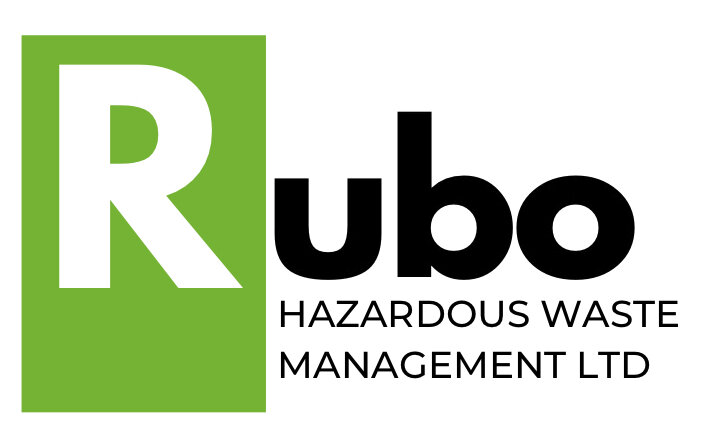Navigating Carriage of Dangerous Goods Regulations in Hazardous Waste Management
In the intricate realm of hazardous waste management, the safety of both people and the environment takes precedence. The Carriage of Dangerous Goods Regulations (CDG) emerge as a steadfast guide to ensuring the secure transport of hazardous materials. In this blog post, we embark on an enlightening journey to explore the significance, implications, and practical applications of CDG regulations in the context of hazardous waste management.
Decoding Carriage of Dangerous Goods (CDG) Regulations:
The Carriage of Dangerous Goods Regulations is a comprehensive framework that lays out rules and requirements for the transportation of hazardous materials. This regulatory framework spans everything from packaging and labelling to vehicle specifications and emergency response plans.
CDG in the World of Hazardous Waste:
In the world of hazardous waste, CDG regulations play a transformative role. They mandate that hazardous waste be transported in a manner that ensures the safety of not only those directly involved but also the communities and ecosystems along the transportation route.
Essential Components of CDG Regulations:
Proper Packaging and Labeling: CDG regulations stipulate stringent guidelines for packaging hazardous waste and labelling it clearly with hazard symbols, safety instructions, and emergency contacts.
Vehicle Requirements: Vehicles used for transporting hazardous waste must adhere to specific standards to prevent accidents and spills.
Documentation and Records: Accurate documentation, including transport documents and emergency response plans, is vital for compliance and preparedness.
Impact on Hazardous Waste Transportation:
CDG regulations are a game-changer in hazardous waste transportation. By setting strict standards and protocols, these regulations help reduce the risk of accidents, leaks, and environmental contamination during transit.
Compliance and Safety:
Compliance with CDG regulations isn't just a legal obligation; it's an ethical responsibility. Non-compliance not only attracts penalties but also endangers lives and the environment.
Best Practices for CDG Compliance in Hazardous Waste Management:
Comprehensive Training: Equip your team with comprehensive training on CDG regulations, covering all aspects of hazardous waste transportation.
Regular Audits: Conduct regular audits to ensure that transportation procedures align with CDG regulations.
Emergency Preparedness: Develop and regularly update emergency response plans to address potential transportation incidents.
Our Pledge to Safe Transportation:
At Rubo - Hazardous Waste Management Ltd, we hold safety paramount. Our team is well-versed in the intricacies of CDG regulations and their application in hazardous waste transportation. We are committed to ensuring that hazardous waste reaches its destination securely and responsibly.
Need Guidance or Clarification?
If you have questions about the Carriage of Dangerous Goods Regulations in relation to hazardous waste management or need expert guidance, reach out to us. Together, we can navigate the complexities of hazardous waste transportation and promote a safer and cleaner environment.
